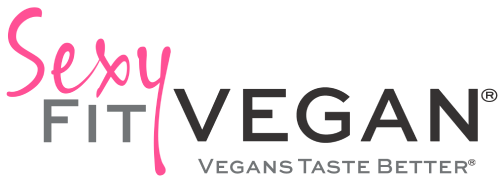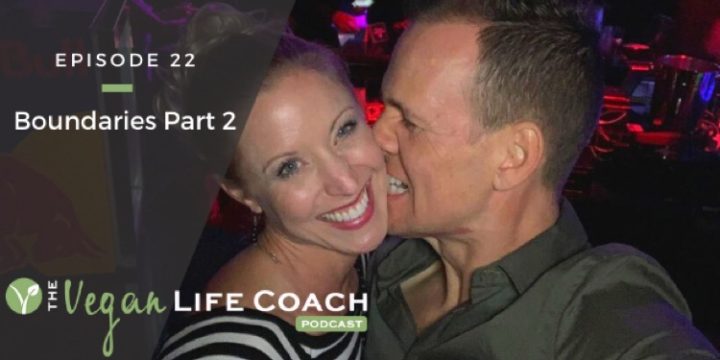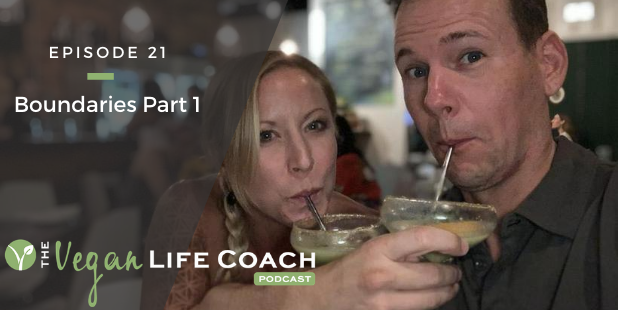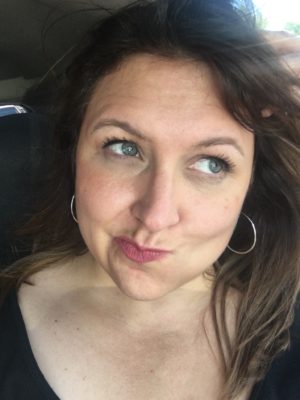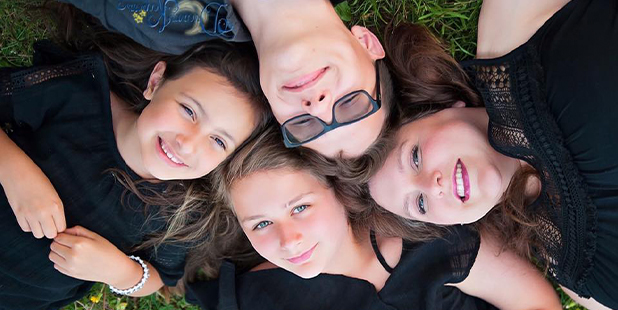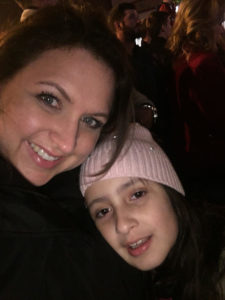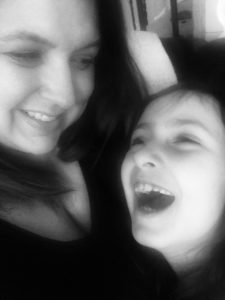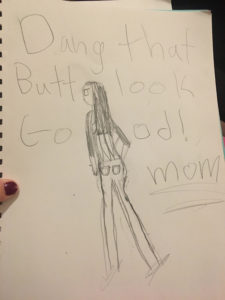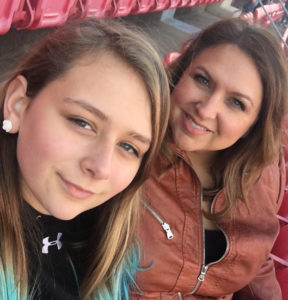If you haven’t listened to episode 21, part 1 of our 2-part series on boundaries, check it out HERE first!
LISTEN/WATCH
Subscribe: Apple Podcast | Stitcher | Spotify | YouTube
*Links mentioned in the episode are at the bottom of this page.
Setting and sustaining boundaries is a skill. Unfortunately, it’s a skill that many of us didn’t necessarily learn growing up. We may have picked up a few pointers here or there, but in reality, it can be very challenging and feel really uncomfortable when we first begin setting those boundaries.
I have a few steps that will help get you started.
Step #1
First, look to your emotions to help you name your limits. Two really good indicators of boundary violations are discomfort and resentment. If you are feeling uncomfortable, you can likely point to a boundary being violated from the outside.
If you are feeling resentment, that is often an indicator that you have pushed yourself beyond your limit to avoid feelings of guilt, or you are giving in to someone imposing their expectations or views on you. You are responding by violating our own limits.
Step #2
Pay attention to your feelings and become clear about your own limits, both internally and externally. You can’t set good boundaries if you’re unsure of where you stand.
Identify your physical, emotional, mental and spiritual limits. Consider what you can tolerate and accept, and identify what makes you feel uncomfortable or stressed. Those feelings coupled with your understanding of your values help us identify what our limits are.
Take a moment to think of some examples of where your limits might be. For example, you may find that you are uncomfortable when your best friend asks you for money. This might be a mental and emotional limit that you are wanting to set with your friends and family. You do not lend money because everyone has a different philosophy when it comes to money, and it is something that tends to cause a lot of conflict, so that is your particular limit.
Another might be that you become stressed when your children have a lot of the neighborhood kids over. Maybe this is your line. Your children can play with the neighborhood kids in the yard or the garage but not in the house. This is an example of setting a physical boundary.
Maybe your partner expects you to take on the bulk of the responsibility for the household; however, this is something that you find impossible to do successfully. It is okay to set the boundaries for those areas that you are willing to take responsibility for and no more.
Step #3
The next step is to give yourself permission to set boundaries and work to preserve them. When setting new boundaries, emotional pitfalls can cause us to wonder why we deserve to have boundaries in the first place. Fear, guilt and self-doubt are big potential pitfalls.
It can feel strange when we start to set boundaries because we aren’t used to creating these limits. We might fear the other person’s response if we set and enforce our boundaries. We might feel guilty by speaking up or saying no to a family member. For example, many believe that they should be able to cope with a situation or say yes because they’re a good daughter or son, even though they “feel drained or taken advantage of.” This can cause some self doubt… So much so that we might wonder if we even deserve to have boundaries in the first place.
It’s important to keep going back to why you set the boundaries in the first place. Creating that line and holding to it creates a healthier you and healthier relationships in the long run.
Boundaries are all about honing in on your feelings and honoring them. If you notice yourself slipping and not sustaining your boundaries, ask yourself some questions…
What’s changed from when I set this limit? Consider the situation. “What I am doing or [what is] the other person doing?” or “What about this situation is making me resentful or uncomfortable or stressed?”
Then, examine your options: “What am I going to do about the situation?” “What do I have control over?”
You might also consider the roles you play, and commit to putting yourself as the leading role in your life. It is not only okay, but also necessary to put yourself first and to consider your needs just as important as the needs of others.
Prioritize self-care. Taking care of yourself isn’t selfish… It is necessary for a healthy life. Putting yourself first also gives you the energy, peace of mind, and positive outlook to be more present with others and be there for them. When we’re in a better place, we can be a better wife, mother, husband, co-worker or friend.
Step #4
If you’re having a hard time with boundaries, seek some support, whether that means finding a support group, church, or seeking counseling, coaching or time with good friends.
About 13 years ago, I went through a divorce. It was painful and devastating as most divorces are. But when I came out of the emotional haze, I started really analyzing what went wrong.
It came down to boundaries…. I didn’t have any, and my ex didn’t meet a boundary he couldn’t violate. I knew it was imperative that I build them. First of all, I didn’t have them in my marriage, and I didn’t have them anywhere.
Secondly, I had to form a new relationship with this person…We had children and he wasn’t going away. Finding support was the key. I found a church that had a support group based on forming boundaries and the book, Boundaries: When to Say Yes and How to Say No to Take Control of Your Life by John Townsend and Henry Cloud.
The support group was a game changer, not only for my relationship with my ex husband but for my relationships with others. I don’t think this would have been possible without the education and support that I took hold of during that time. I can tell you now that my ex husband and I have a great relationship. One in which my children never have to choose between their parents, and one in which I can honestly say that he and I are friends.
Step #5
It’s not enough to create boundaries; we actually have to follow through. Even though we know intellectually that people aren’t mind readers, we still expect others to know what hurts us, or makes us uncomfortable or stressed. Since they don’t know, it’s important to assertively communicate this when a boundary is crossed. Most of the time, it is just about being direct and communicating respectfully with the other person (or yourself) so that you can work it out together.
I want to point out that there is a world of difference between being assertive and being aggressive. To hold firm to healthy boundaries it’s vital to communicate those before you feel the need to become aggressive with another individual.
Being Assertive puts forth your needs and views confidently and directly. Being assertive is simply standing up for yourself while still considering that others have different views than your own and that yours are equally important. It is becoming your own best advocate.
Aggressive behaviors can sometimes look like you’re living the life of a Neanderthal, where the biggest club is equal to the loudest voice. I’ve noticed in my own work that sometimes aggressiveness is mistaken for strength, when in fact, aggressiveness really notes a lack of control and a lack of respect for boundaries.
Like any new skill, assertively communicating your boundaries takes practice. So, if this is something new to you, I suggest starting with a small boundary that isn’t threatening to you, and then incrementally increasing to more challenging boundaries. Build upon your success. Setting boundaries takes courage, practice and support.
If you aren’t used to setting these limits with people, it can be difficult at first. Your inner people pleaser will be screaming at the top of her lungs! That’s okay. Let her scream, and start with something small.
Maybe you will want to start with your partner and block off an hour of time on the weekends where you do something completely for yourself and by yourself while he or she takes the responsibilities of the kids.
Maybe it is less threatening to start with a co-worker who is often teasing you about your healthy food choices or your vegan food choices, and you simply have a conversation with that person about not appreciating the teasing and why.
Maybe it is with your children and the amount of money you are spending on their impulse buys at the grocery store, and setting the limit before you go that you are only buying the things that are on your list and if they request something extra, you will say, “No.”
As you build confidence in this, that inner people-pleaser will stop screaming, and you can start on the bigger boundaries where you anticipate a little more push back from those around you.
– Stephanie Hamilton Aguilar, Vegan Life Coach Academy, Master Mindset Coach
MENTIONED IN THIS EPISODE
Episode 21 | Vegan Life Coach Academy
CONNECT WITH US!
Grab the valuable gift we have for you HERE.
Have a question you’d like us to answer, or feedback you’d like to give us (we love hearing from you!)? Leave us a voice (or written) message HERE.
Interested in receiving a free coaching session to air on an upcoming episode? Apply HERE.
